Money is freedom. Isn’t that what we are taught from a young age? When children receive pocket money or an allowance, they suddenly have financial freedom and independence. Of course, this is a teachable moment. When kids have pocket money, they should be taught the value of money and good financial habits. You can help by training them on how to save, spend, and donate their pocket money. This begs the question, “How much allowance or pocket money should kids get?”

Yaoinlove/shutterstock.com
Primary School

The two most basic needs a child has in Primary School is food and transport.
Food $1.50 to $2.30 A meal at school canteens during recess, including food and drink, will likely run you about S$1.50 for lower primary and S$2.30 for upper primary. Some schools have two sizes for meals. If your child has a big appetite, you may opt to fund the bigger size meal. Furthermore, if your child has extracurricular activities and stays in school longer, you may consider giving them a little extra.
Transport $0.76 to $1.20 If your child takes public transport to and from school, you will need to calculate this cost into their pocket money. Starting in Primary 1, your child will get their School Smartcard and pay concession fares. The cheapest concession fare is 38 cents, while the most expensive, regardless of distance, is 59 cents because of the fare cap. At most, your child’s daily transport costs total $1.20.
It is worth noting that the minimum top-up amount for a School Smartcard is $5. As a result, giving the daily amount for concession fares is not possible.
Alternatively, primary and secondary school students can purchase monthly concession passes that give them unlimited travel on buses, trains, or both. Be sure to weigh the costs of a monthly pass, which at the cheapest is S$20 and at the most expensive is S$51.
At such a young age, your primary school children will likely not be traveling alone. You may consider leaving transport out of their pocket money.
Savings $0.20 to $0.50 Besides learning to manage money and pay for their necessary daily expenses, children need to learn the principle of saving money. This means spending less than you have so they can save the difference for something in the future. For example, if they don’t buy a drink from the school canteen and choose to drink free water instead, they could save 30 to 50 cents a day.
You could also give them a little bit more than the basics, as you observe your child’s ability to manage. $0.20 for lower primary school children and $0.50 for upper primary school children should suffice to start their little savings fund. Once, they have saved enough, they can purchase something special from the bookshop.
Giving

Even Elmo from Sesame Street has talked about the three-jar method: give, spend, save. The giving jar is an opportunity for your children to set aside some money for charitable donations or a way for them to help others. This reinforces that pocket money is a privilege, not a right. As a result, even when dealing with money, we should always be appreciative and charitable.
For lower primary school children, giving can be as little as $0.10. For upper primary school children, they can probably afford $0.90 per day.
Increasing the Pocket Money Amount An allowance is not merely to pay for your child’s daily expenses. As a result, pocket money is not just about how much you should give them. It is a teaching technique to teach proper money management.
It is essential to observe how your child is spending the money. Is the child able to separate money for expenses and money for savings? Is he trying to save too much too quickly and neglecting his basic expenses, such as food? Does he overspend and continuously ask for more money?
As you see your child making progress, you can increase his pocket money as he grows. Ideally, around Primary 4 or 5, your child should be capable of handling more pocket money.
When should you give pocket money to primary school children? In early primary school, children are still learning about how to care for their possessions and ownership. As a result, it is usually recommended to give pocket money daily. This can teach your child to budget and only spend the cash that he has on hand. Furthermore, this minimizes chances of accidentally losing or misplacing a larger amount of money.
On the same note, you could also give your child his pocket money in smaller denominations. This will help them make the choice of saving a portion of it first and then spending what they have left.
As your child's money management skills grow, you could increase the responsibility from daily pocket money to weekly pocket money around Primary 5 or 6.
Secondary School

Food $40 to $65 When children reach secondary school, recess meals stay around S$3 per day. However, lunch tends to require more funds, usually between S$5 to S$10. In case you didn't know, secondary school children also opt to have lunch at nearby malls instead of the school canteen. Nutrition and the types of food they purchase with their pocket money may be a necessary conversation.
At this point, secondary school children are attending school Monday through Friday and can handle a weekly sum. They should be budgeting $40 to $65 per week.
Transport $3.80 to $6.00 At this age, students can take the bus or train on their own. As a result, you can either top up your child's EZ-Link every week or bundle this amount into his pocket money.
For concession passes, the minimum cost to go to and from school is $0.76. On the other hand, the maximum will cost you $1.20. For a week, your secondary school children's transportation will cost between $3.80 to $6.00. Alternatively, you can also always choose the unlimited monthly concession passes.
Savings $5.00 As children grow, the amount they save should grow as well. Just like adults should put a percentage of our income into savings, children should as well. Secondary school children can probably afford to set aside $1 per day or $5 per week of savings.
Giving $5.00 The same concept with savings applies to charitable giving. Secondary school children can probably afford to set aside $1 per day or $5 per week for giving and helping others.
Entertainment up to $15.00 Teenage years and adolescence mean hanging out with friends. At this age, children will start developing their own personal interests and take on hobbies, such as books or video games. Appropriately, an entertainment or hobby fund is essential so that their activities stay affordable.
You can budget up to $3.00 per day for entertainment. This category is exceptionally flexible and dependent on your personal budget and what you can afford for your child to spend.
When should you give pocket money to secondary school children? By Secondary 1, your child should have a good handle on managing their daily fund. It is time to graduate to a weekly lump sum of pocket money. Initially, your child may have a feast on Monday. However, they will quickly learn that they will need to budget for the week.
Monitor your child's progress. Some children are ready for a monthly allowance or even a small bank account by Secondary 3 or 4.
Junior College or Polytechnic or Arts Institution

The main difference between students attending JC or polytechnic institutions is that these kids stay later in school. As a result, you may need to budget dinner into their food category as well.
Unfortunately, by this time, most school canteens are closed. These students will need to purchase a meal outside of school. It will probably run you S$8 to S$10 more per day for food near JC. Meals near Polytechnic Institutions usually run a bit more.
Furthermore, at this stage, these children can probably handle a bit more money per month, than the upper secondary school children. Feel free to adjust this amount, as you can afford it. Food $80 per month Transport $60 per month Savings $20 per month Giving $10 per month Entertainment $50 per month
Final Thoughts

You can teach children, even young children in Primary 1, how to manage their funds properly. You are doing more than just paying for their expenses. These life lessons are invaluable and will stay with them for the rest of their lives.
Primary school children can probably handle S$2 to S$3 per day of pocket money. Secondary children can probably manage S$60 to S$100 per week. JC and Polytechnic students will likely require $200 to $300 per month, with JC students on the lower end and poly students on the higher end of the range.
Use pocket money to teach children about proper budgeting and instill the value of money. Your children will inevitably make mistakes by overspending and falling short of savings for things, such as a new video game. Help them understand the consequences of their financial decisions and resist the desire to bail them out. These mistakes will train them to make wiser financial decisions in the future.
Pocket money can empower children with financial experience and independence.


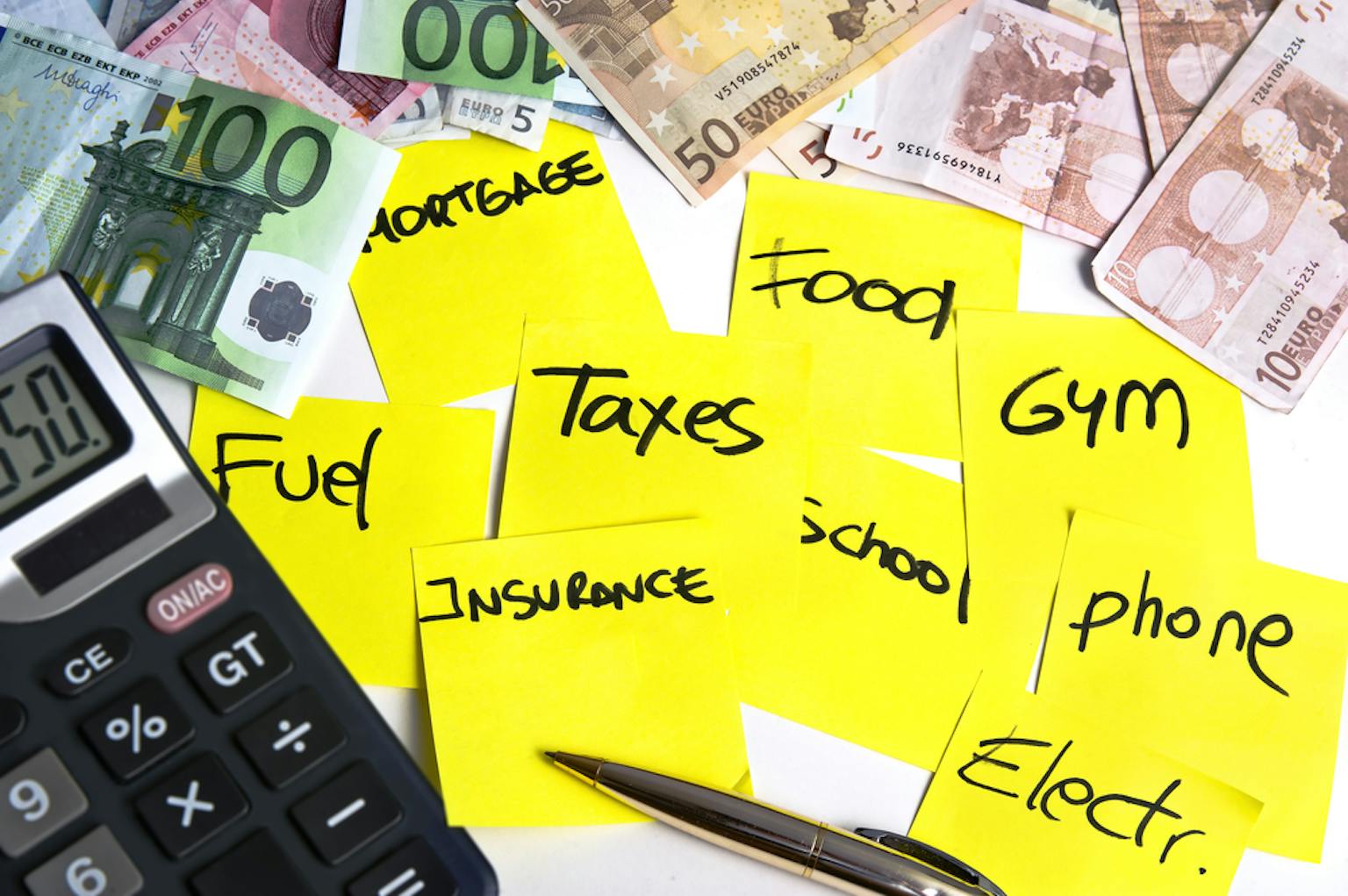

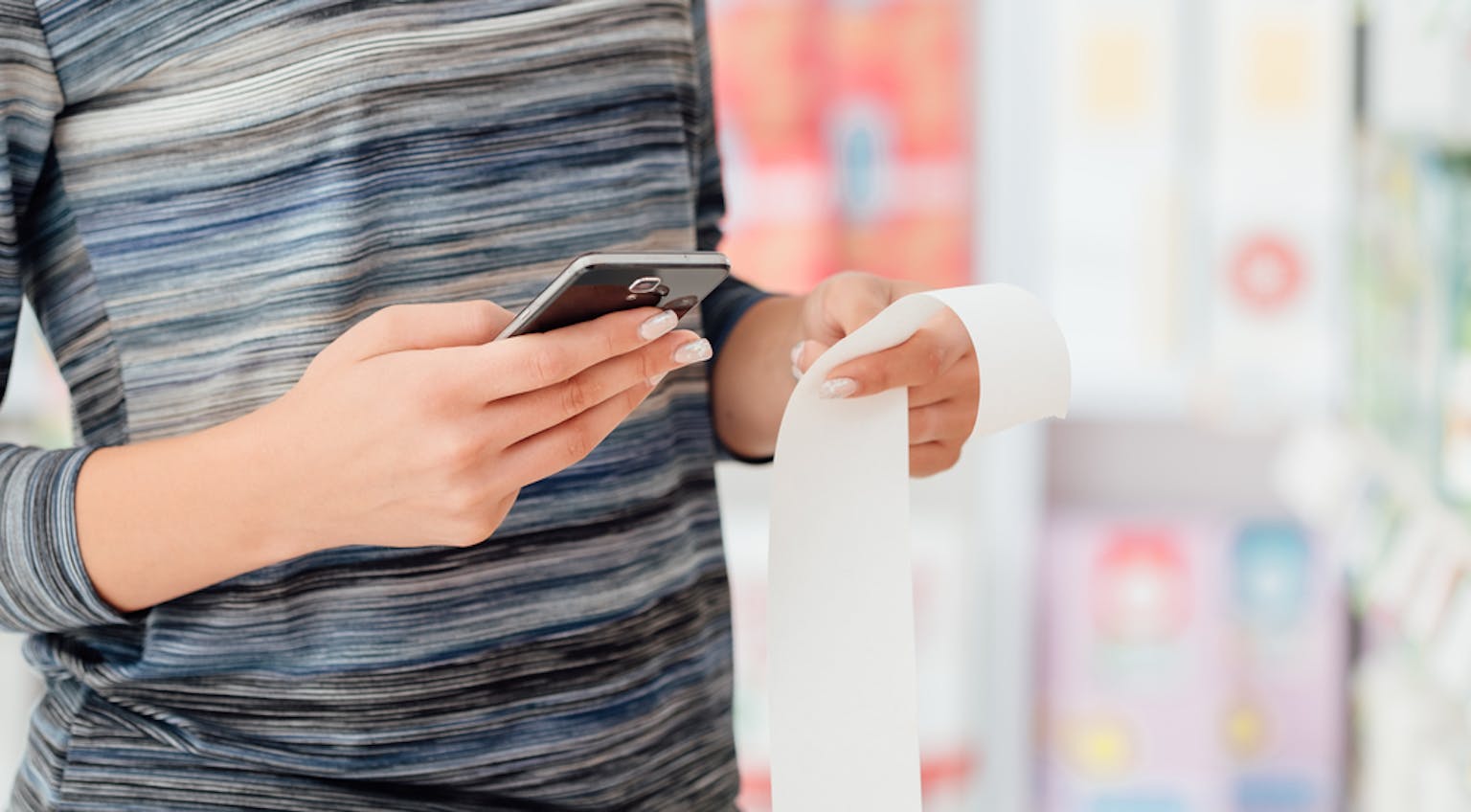

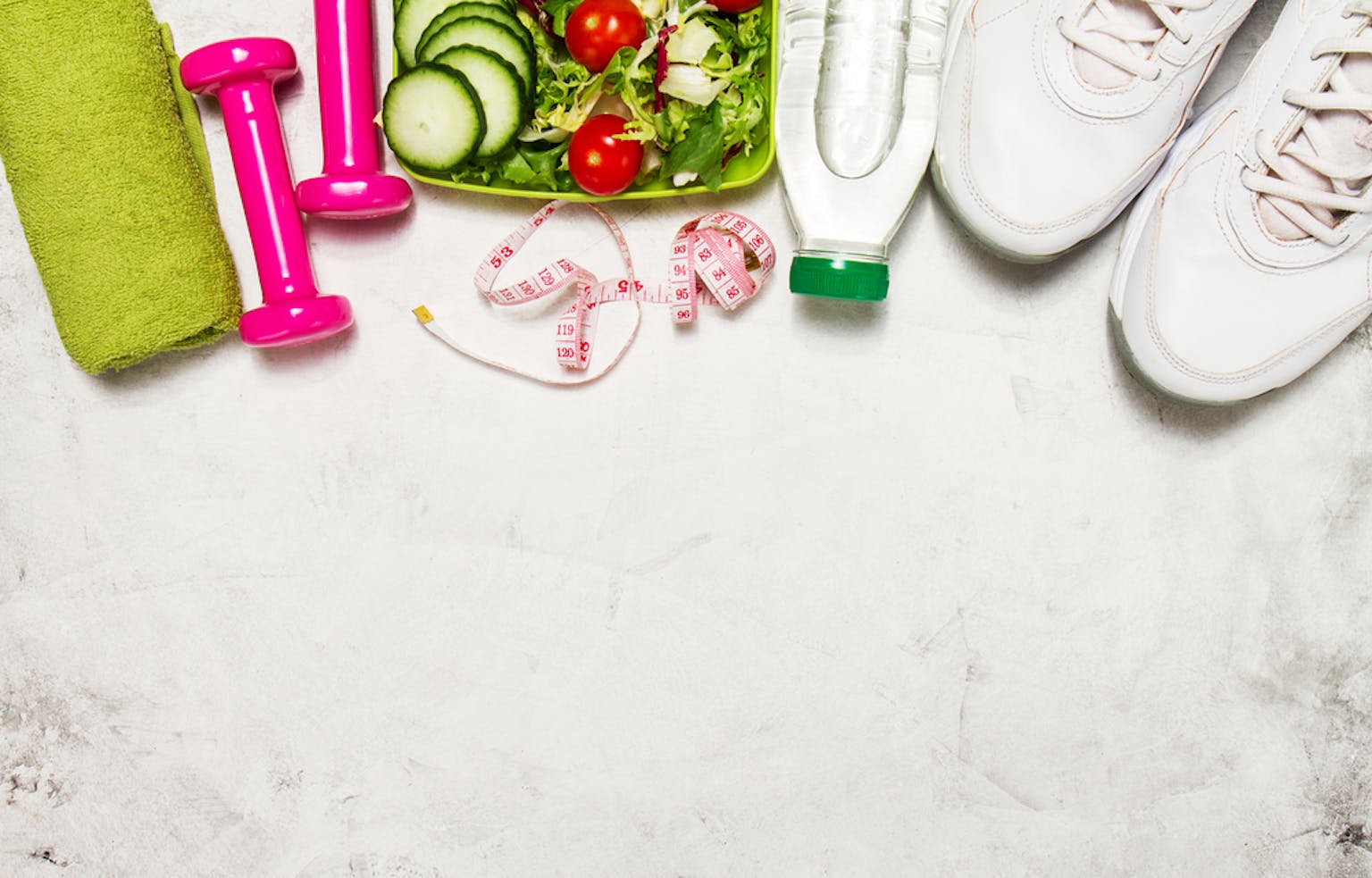

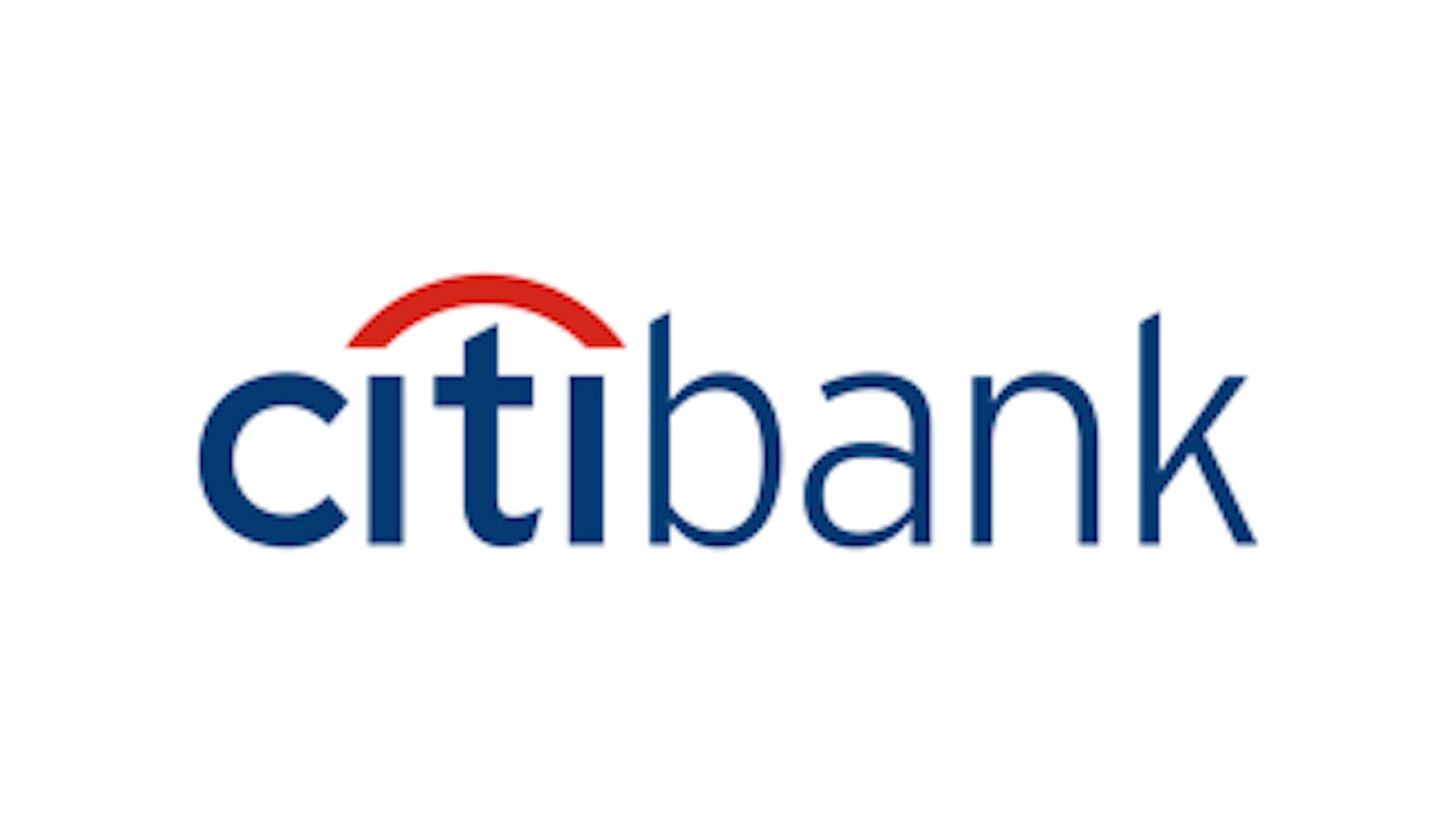




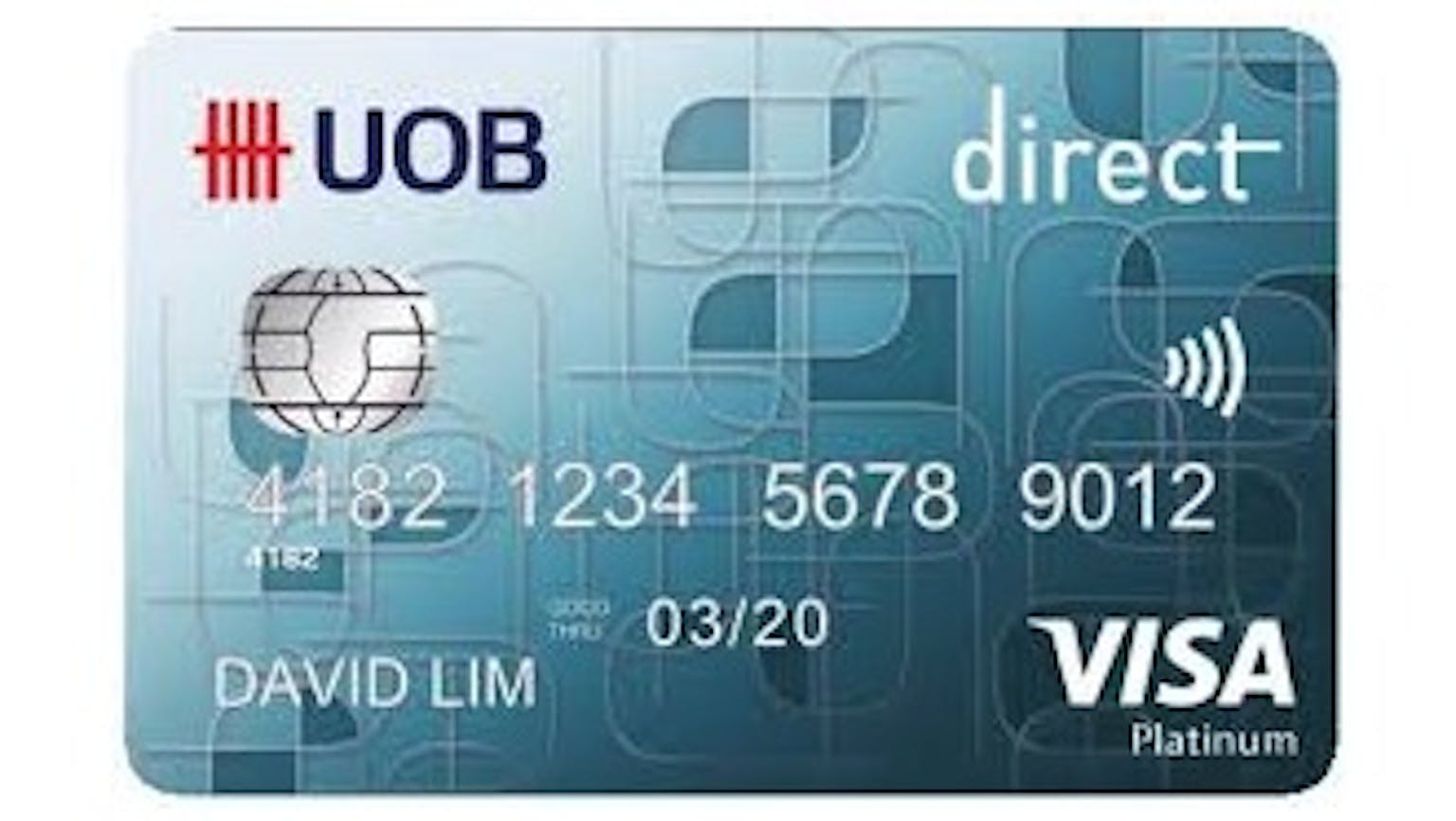
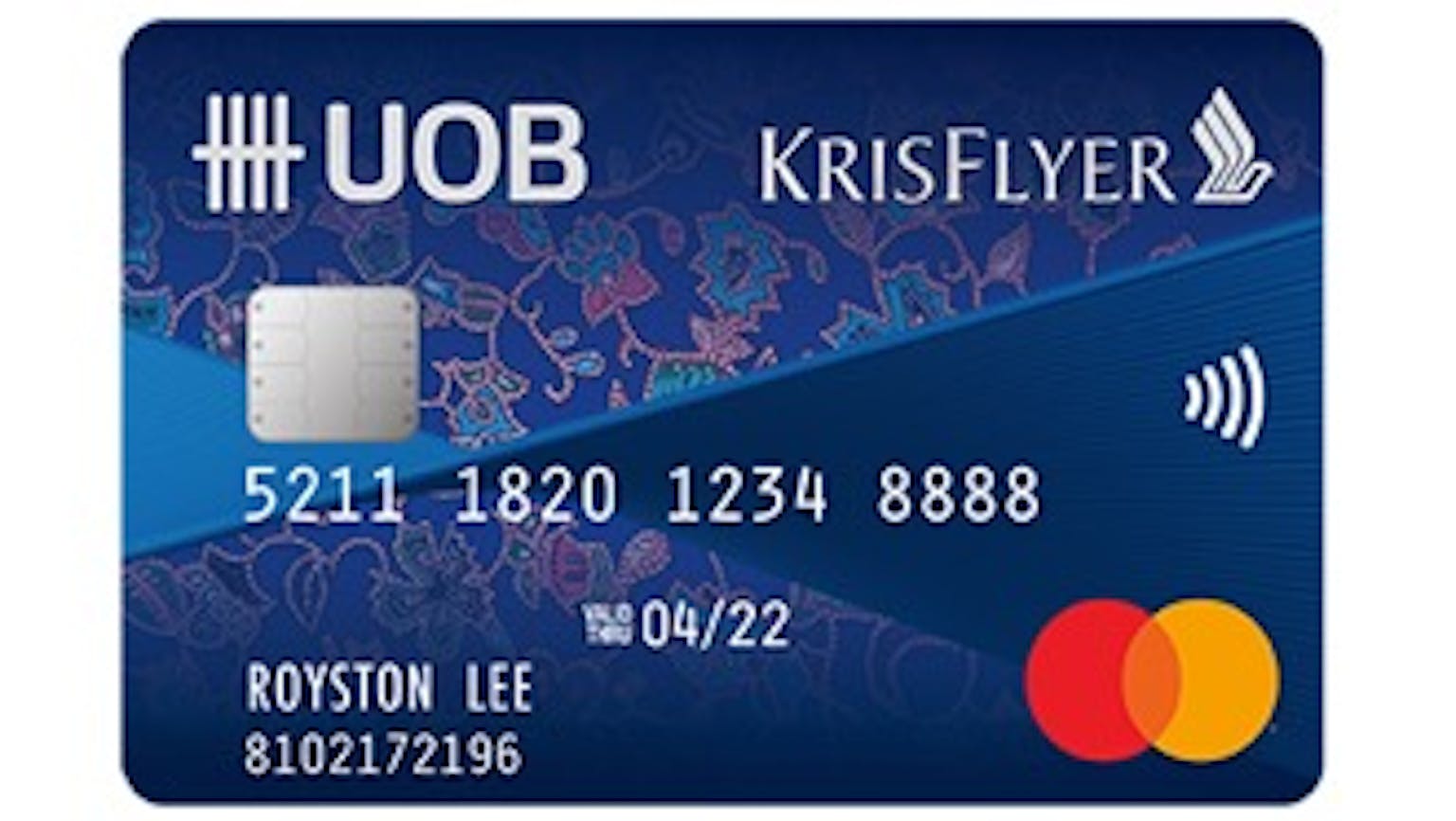
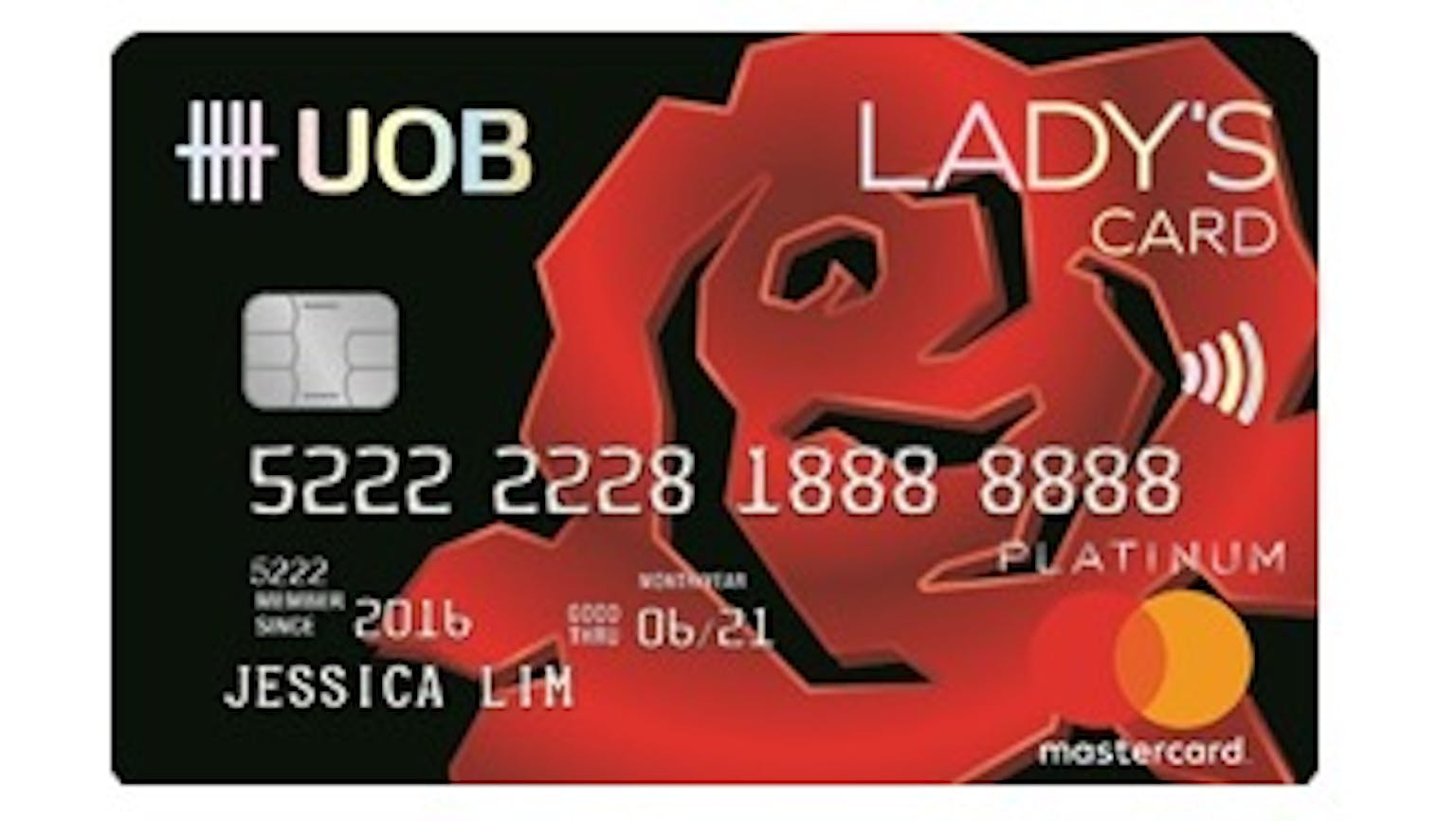
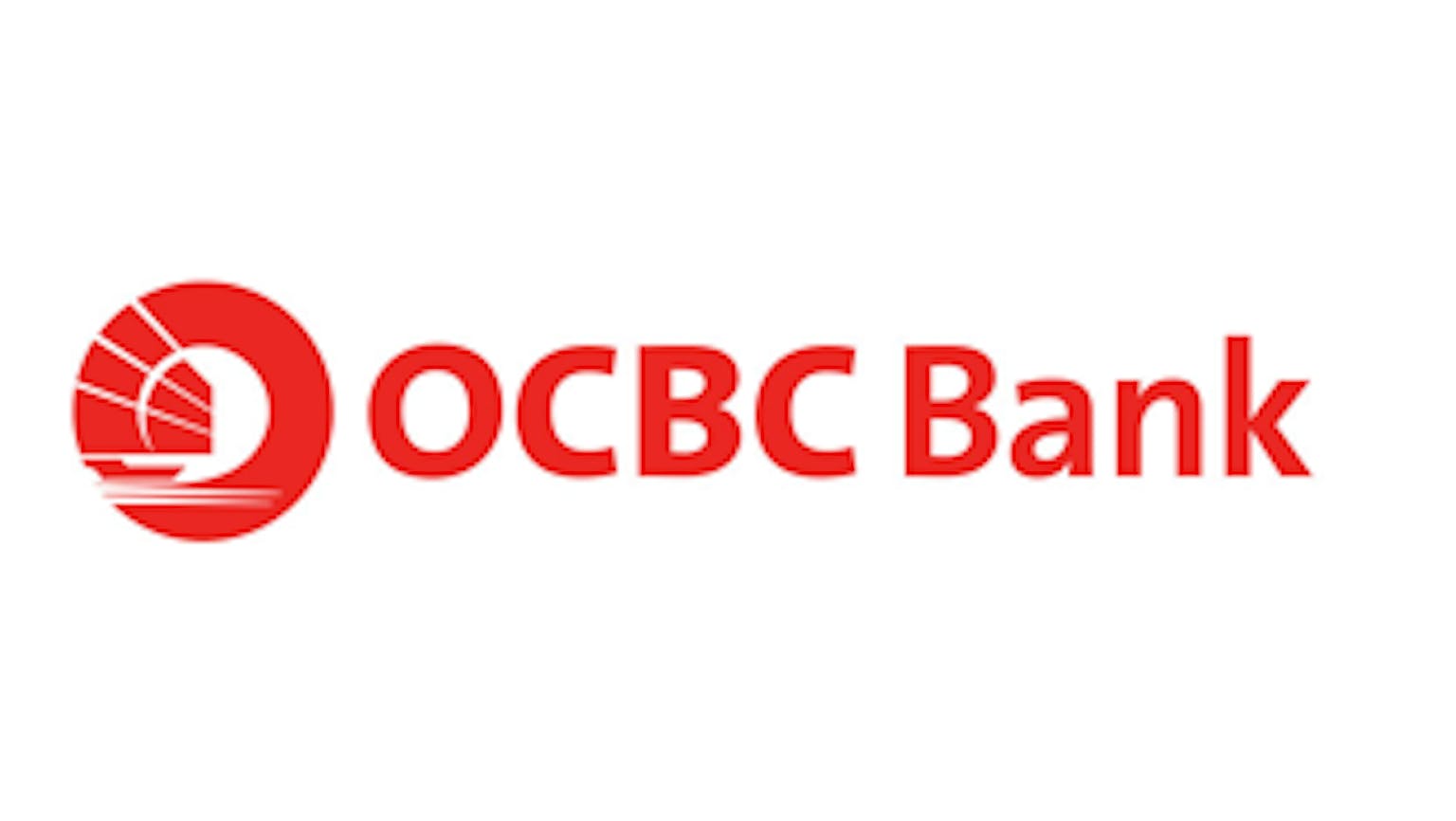

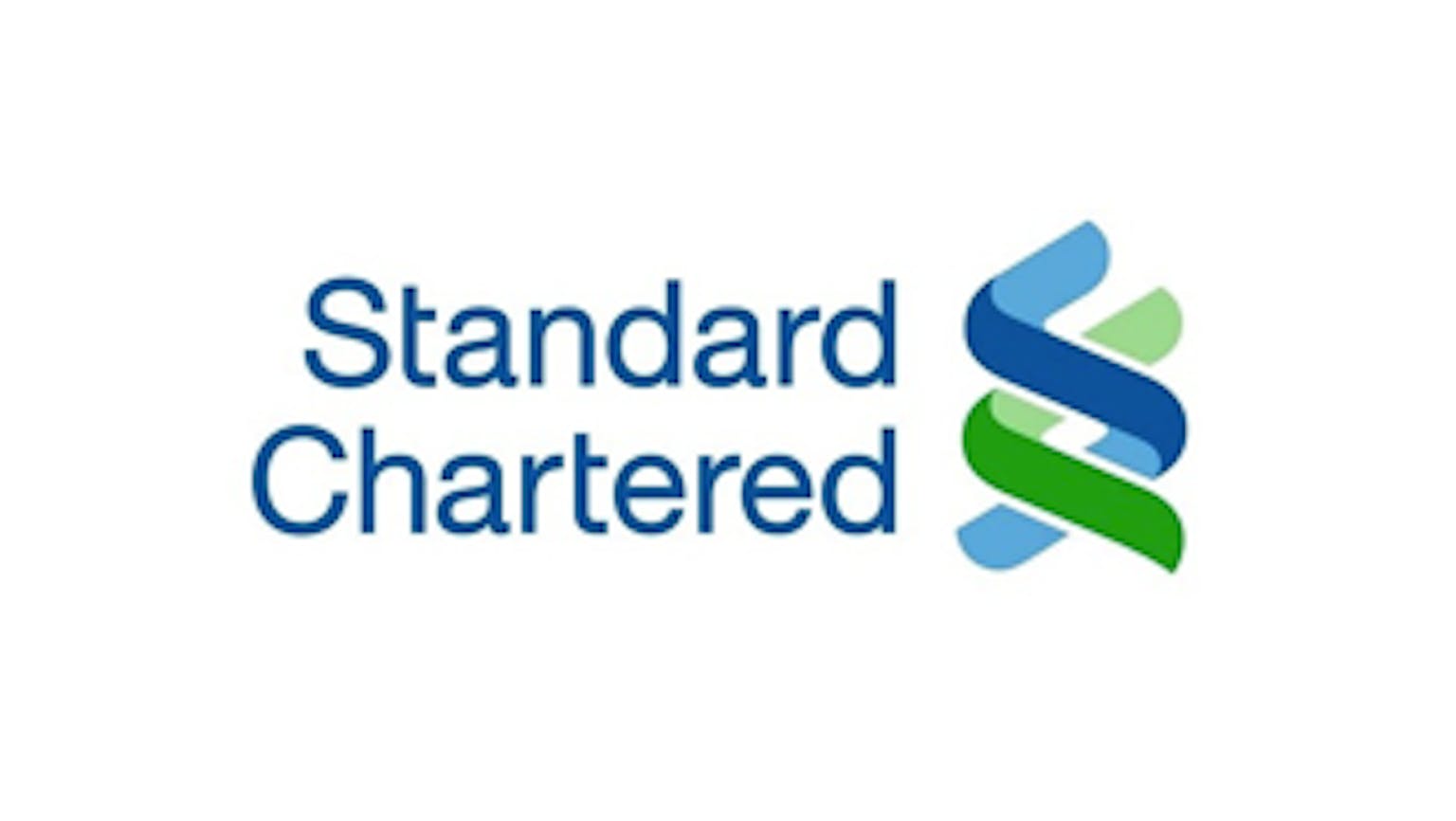


Please leave your knowledge and opinion!